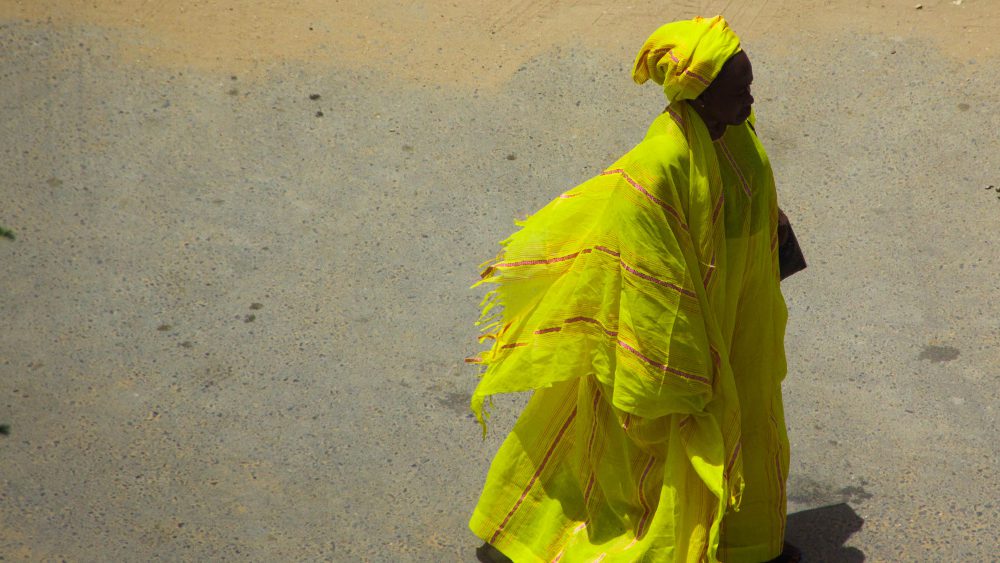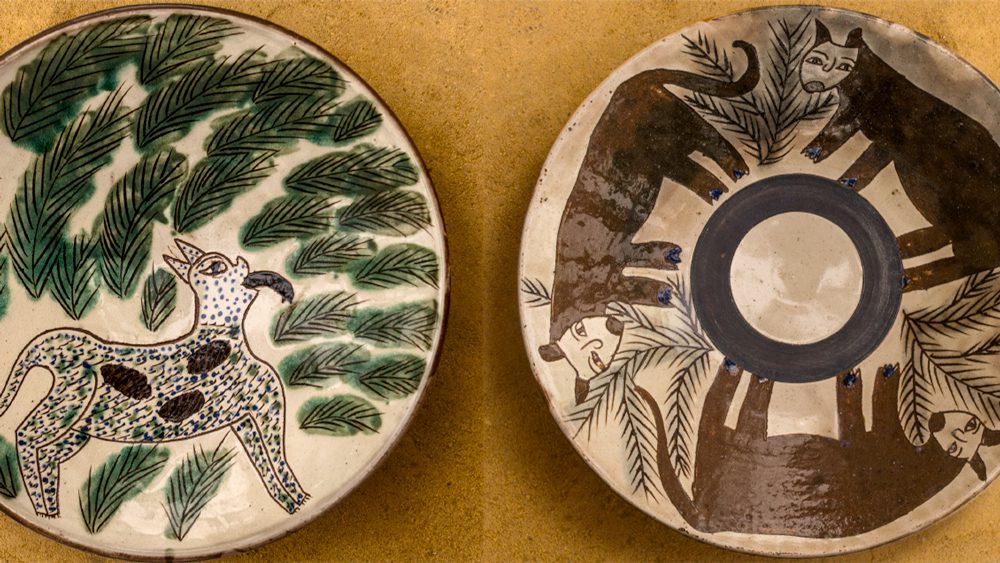"The Loricato pine is a living fossil as old as dinosaurs and resembling them in its scaly bark.
It's a tree of slow times that lives by its own rhythms [...]; he prefers inaccessible and windy places, amid storms, frost, and stony grounds. And where no other plant would survive, Loricato withstands thousands of years, sculpted by time and by thunder. When it dies, it loses its bark, becoming as white as a funerary marble. But the king of silence still stands—a noble monument to himself."
– Pino Aprile
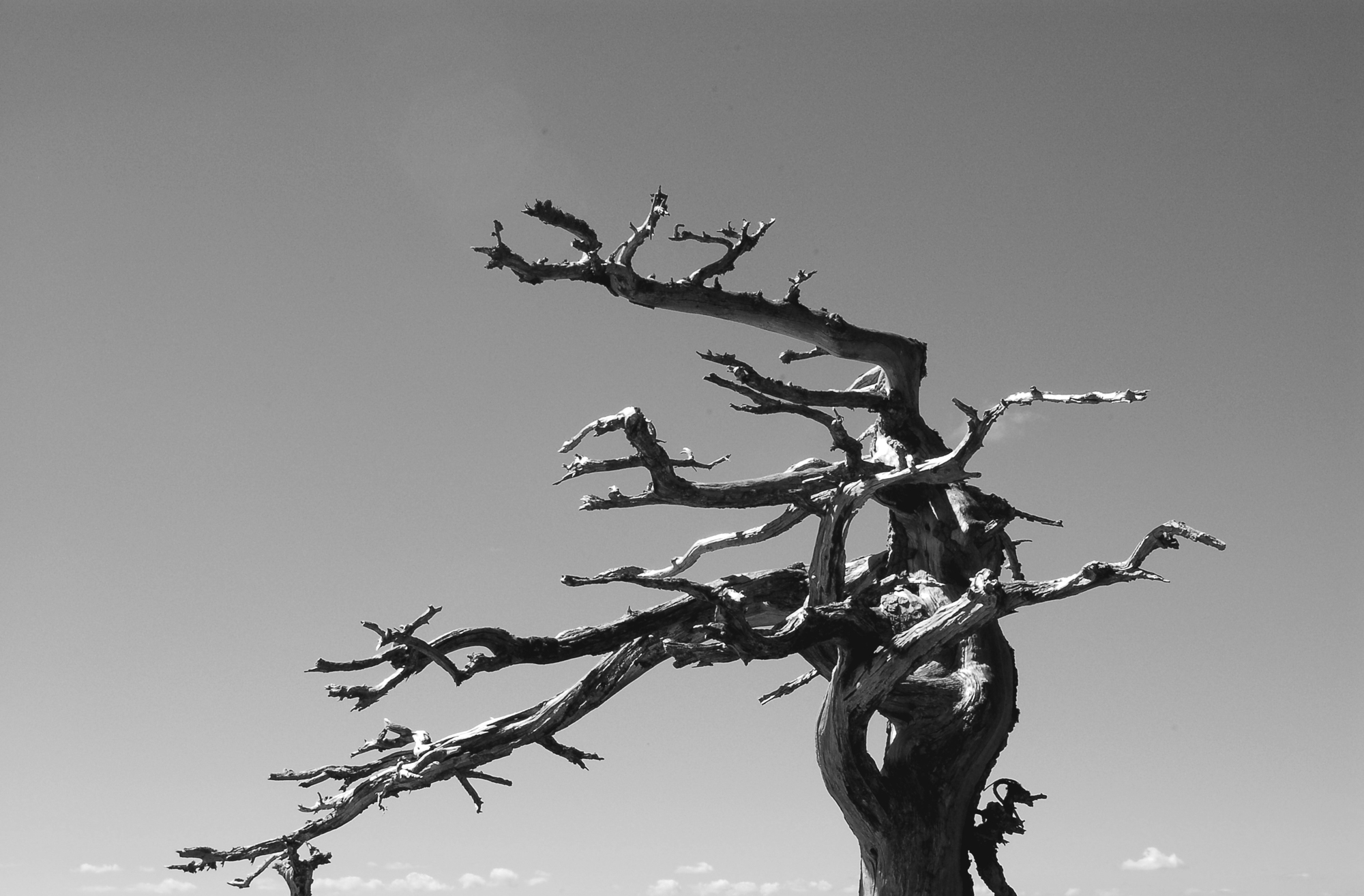
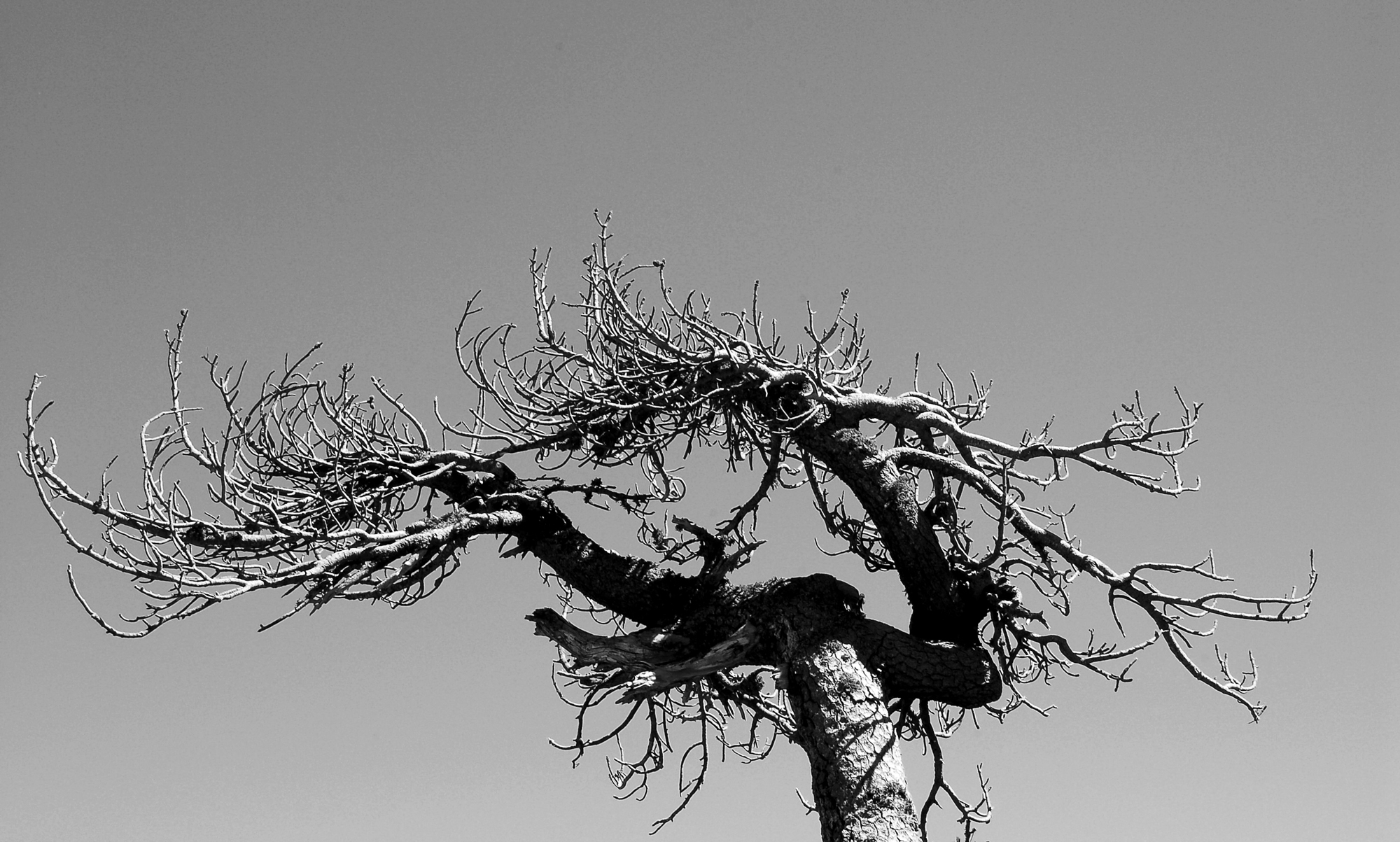
Basilicata is a mountainous region in southern Italy that holds, through its colors and its way of life, infinite space and time. It is a place of woods and rocks, as well as greens and silvers in multiple shades. It is a region framed by two seas: the turquoise Ionian in the East and the celestial-blue Tyrrhenian in the West. It is part of the same Mediterranean that has seen a succession of sailors, farmers, warriors, and philosophers. Since antiquity, it had been explored and plowed by the Greeks, Phoenicians, Romans, Arabs, Lombards, Saracens, Byzantines, Normans, and Spanish. For thousands of years, the Mediterranean has been a place of encounters, conflicts, and exchange.
It is a sea that holds history. And the Loricato pines are its children; they bear witness to its culture.
They are trees that love winds and peaks. Their dramatic branches and trunks resemble punctuation marks. Their tufts of green and messy curls resemble the head of a child.
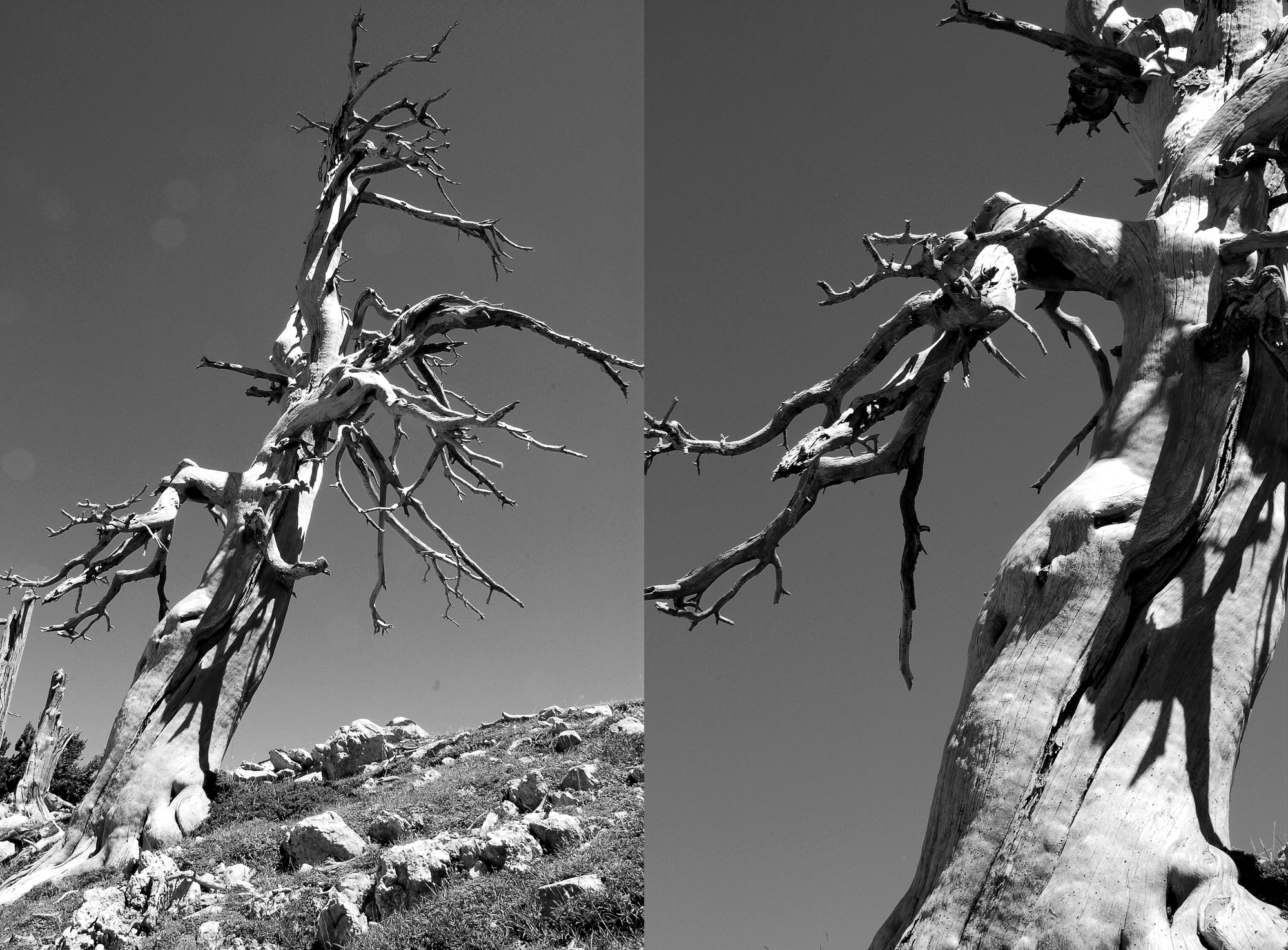
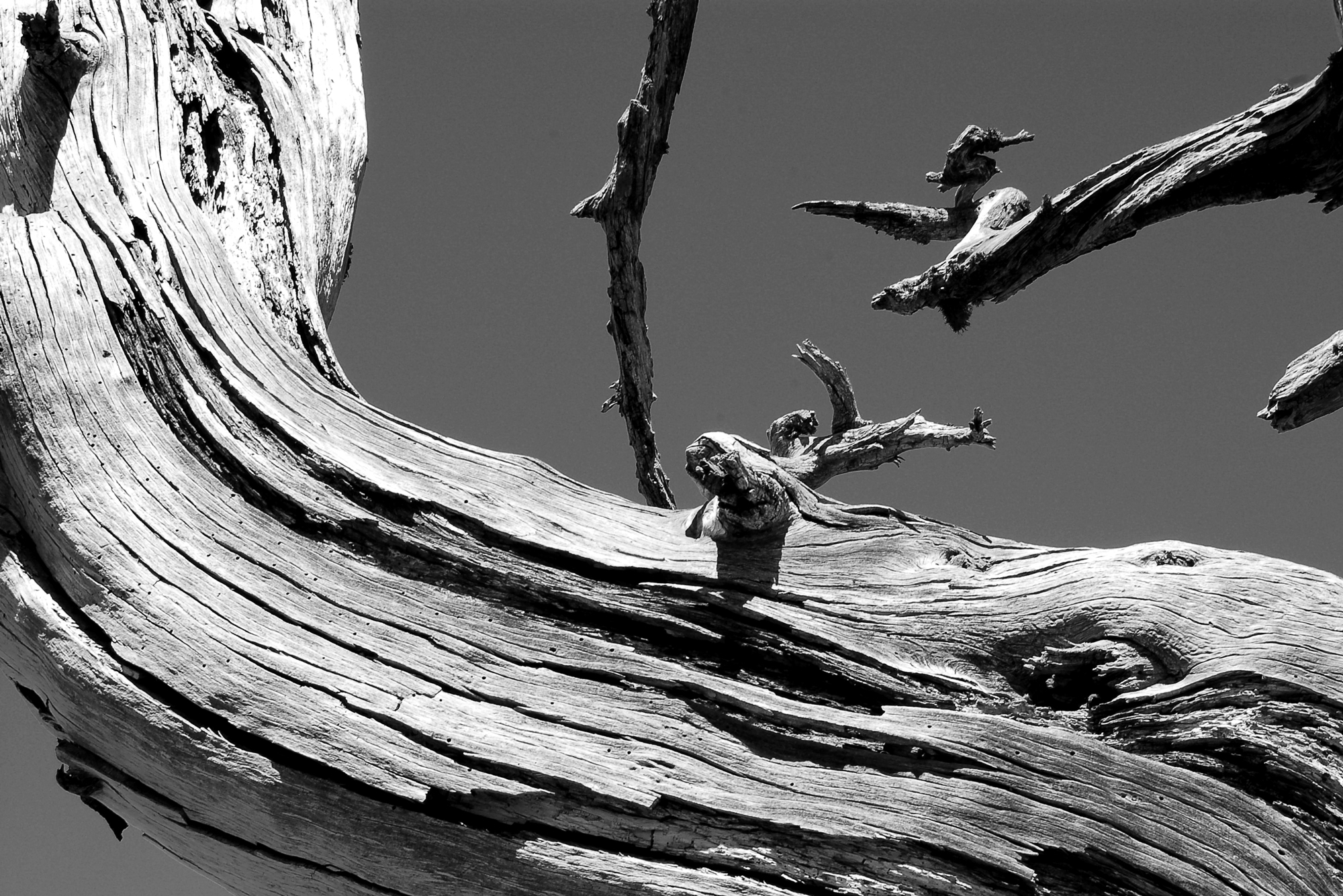
Native to the Balkans in former Yugoslavia, the birthplace of Gypsy violins, the Loricato pine migrated to southern Italy during the Ice Age. Yes, it is not only men that migrate. Trees, swallows and wolves migrate, too. Around 100,000 years ago, the decrease in sea level created long "land corridors" in which one could walk from one side of the Adriatic Sea to the other. The wind and the birds acted as ambassadors that carried the pine's seeds to Italy.
Over the years, Loricato pines spread across the southern part of the peninsula.
Later, when the ice retreated to lower altitudes, beech trees became widespread because they were able to grow faster and more easily. Consequently, the number of Loricato pines decreased. As a survival mechanism, they became more concentrated in higher altitude places that were inaccessible, rocky and windy.
Given their resilient nature, they chose Basilicata with its windy rocks and its cold, snowy winters. Today, one can find them here and in the Balkans—and nowhere else. In Basilicata, they live in rugged mountains, rough paths, and in a national park that few are familiar with. This is a region of rebels and of emigrants and, according to a poem, it was a land loved by Apollo. The Greek god used to ride his sun chariot to "Mons Apollineum". The Pollino National Park takes its name from this mountain, and the Loricato pine is the park's symbol.
2,000 of these rare trees remain in Italy today. This is a testimony to nature's capacity to adapt to extreme conditions. Its name was inspired by its rough structure and its scaly barks that resemble the ancient Roman armor "Lorica". Although they are known to be solitary, there is a place in the Pollino National Park where many are huddled together, creating a natural amphitheater. This particular spot is called the "Garden of the Gods". According to historian Tacitus in the Annales, it was such a beautiful place that Zeus, Athena, Cupid and other Greek gods used to come here during summertime.
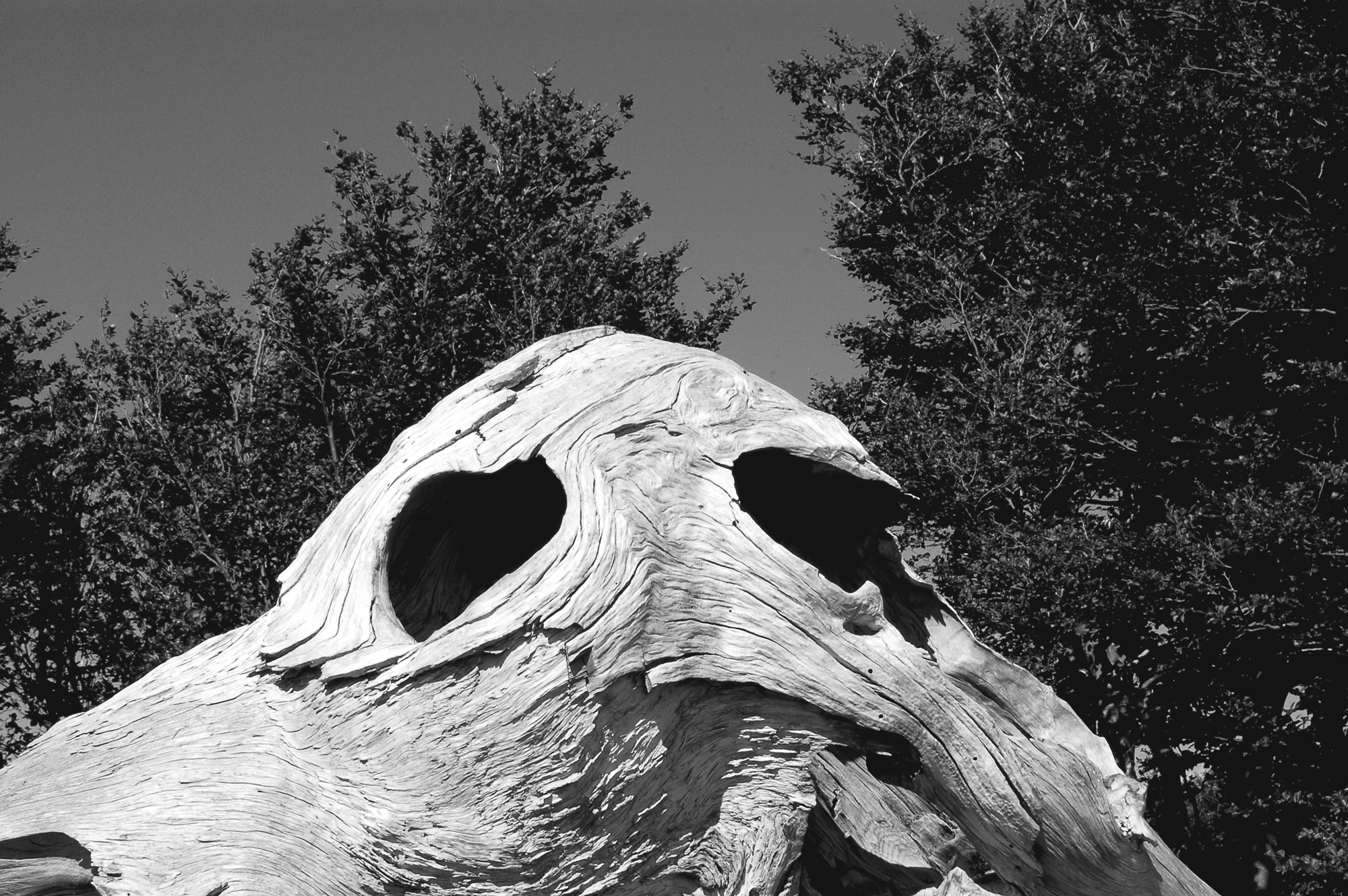
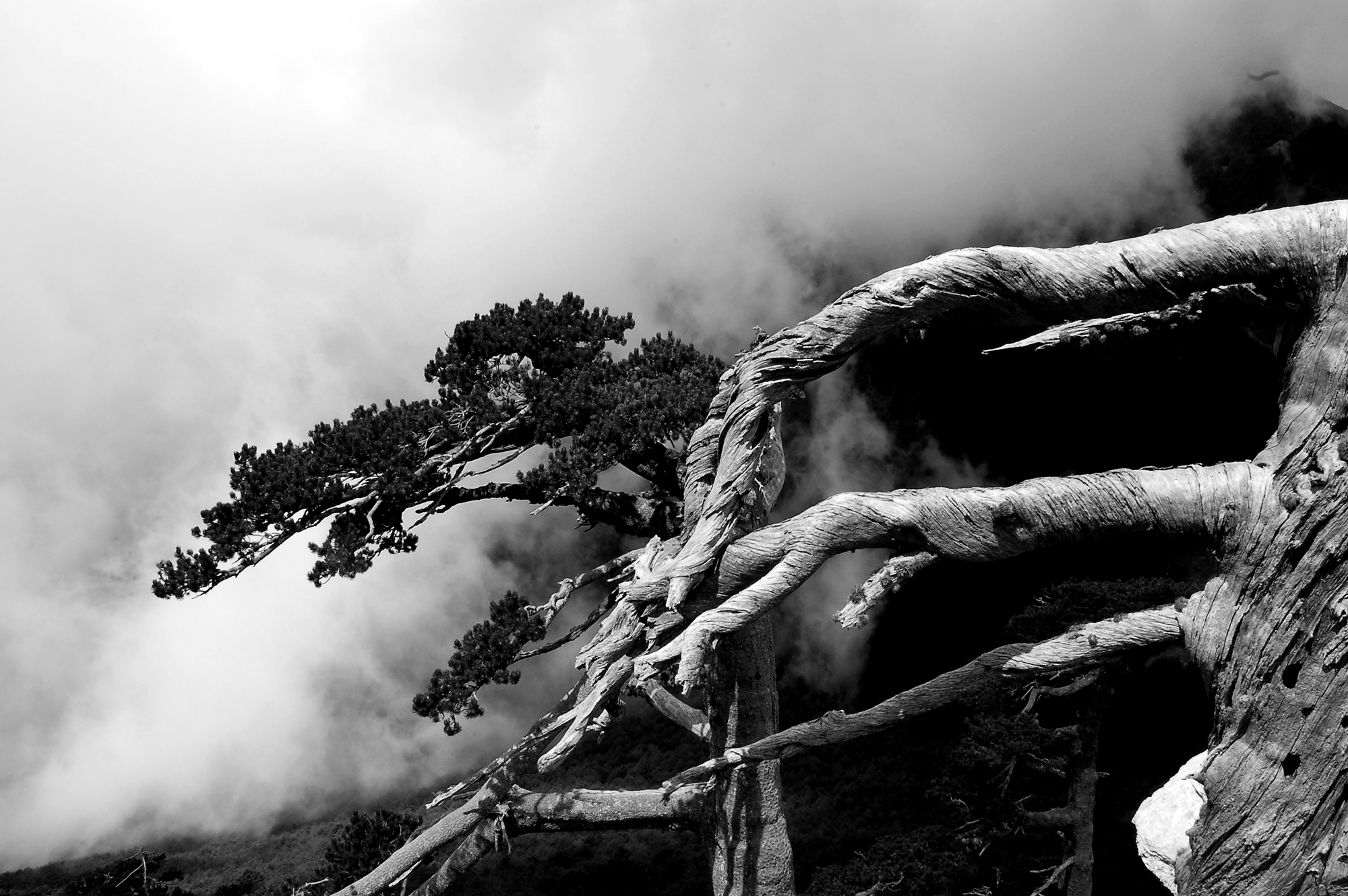
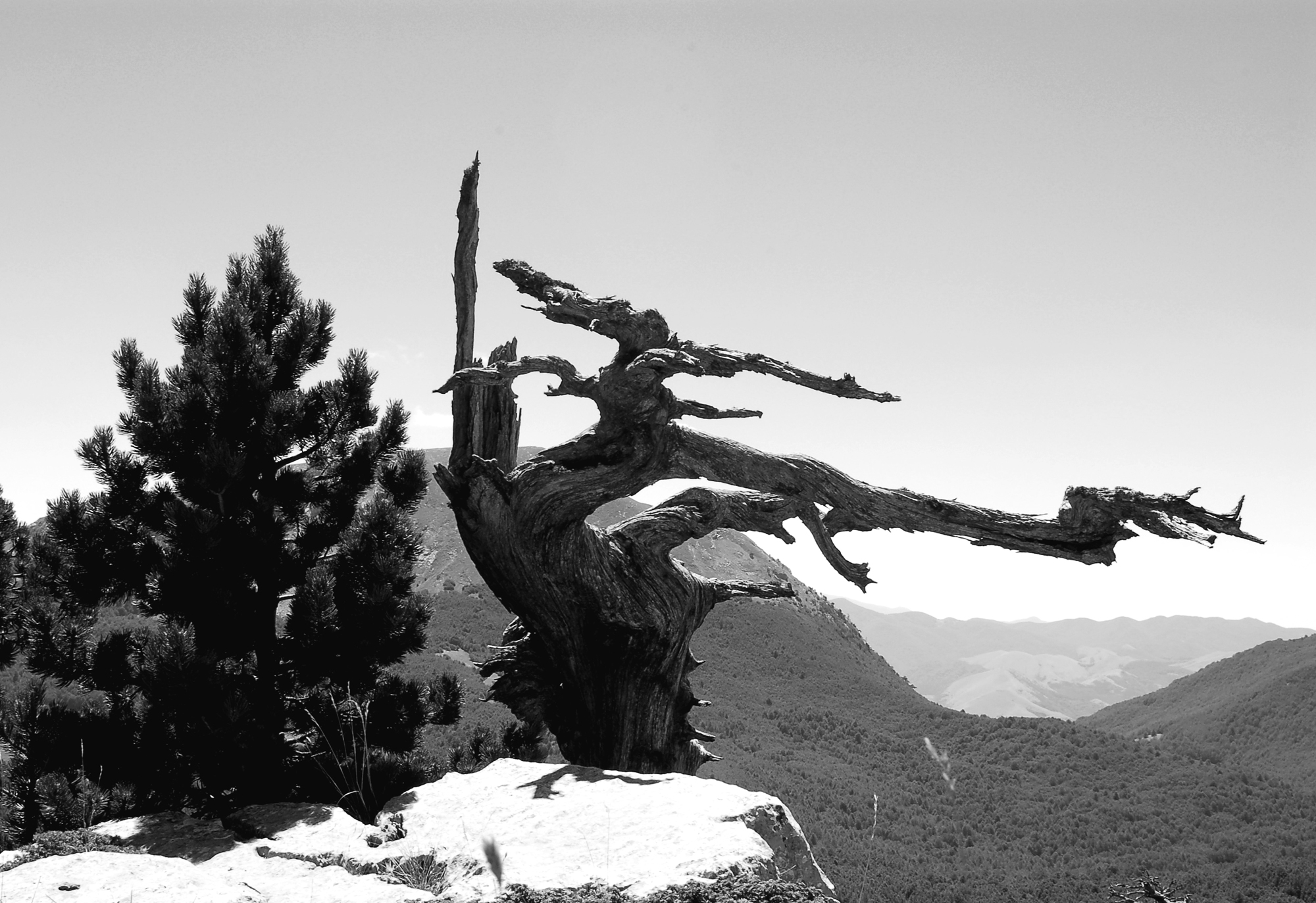
Two thousand years after the ancient legends, there are still leafy Loricato pines in Basilicata with trunks that resemble actors running off the stage. Some look like they are hanging onto the edge. One may encounter a couple: a green tree together with a silver tree. One may even encounter a duo who are contrasted in both age and color: the sage, old silver tree who guides his young, green partner who in turn, supports his ancient companion. The resin production of the wood causes the tree to rot very slowly after its death. Hence, there are dead trees that remain erect for many years, becoming a form of arboreal monuments. I stop to rest against those trunks that were once frequented by the "briganti", the rebels who fought their war for bread during the late nineteenth century against the landowners, and the army sent by the new government of a "newborn" Italy. Today, their descendants walk in the forest equipped with salami sandwiches rather than guns. They love chatting with those, such as myself, who are here for the first time. They wish to present me to their trees. They know them so well that they have given them endearing names: "Sentinels", the two pines in the plain at the entrance of the Garden of the Gods; "Zì Peppe", a fallen trunk that resembles a friendly ghost with its two holes for eyes; and "Patriarch", a tree with a wrinkled trunk that looks like lava flow. He is one of the oldest trees in Europe.


Giulia Tabacco is a historian, traveler, photographer and editor based in Italy. She had studied in Milan, Paris, Lisbon and Panaji (India) and holds a Doctorate in Asian History at EHESS in Paris. She has been working as a freelance editor, iconographer and translator. Presently, she is working for Italian publishing houses such as Rizzoli Libri, Mondadori and Skira. Passionate about traveling, photography, and exploring diverse traditions and places, she has visited many European, Asian and African countries including Syria, Lebanon, Iran, Mauritania, Kyrgyzstan, Uzbekistan, and Mongolia. Her works, research, and photography focus on everyday life in different cultures.




